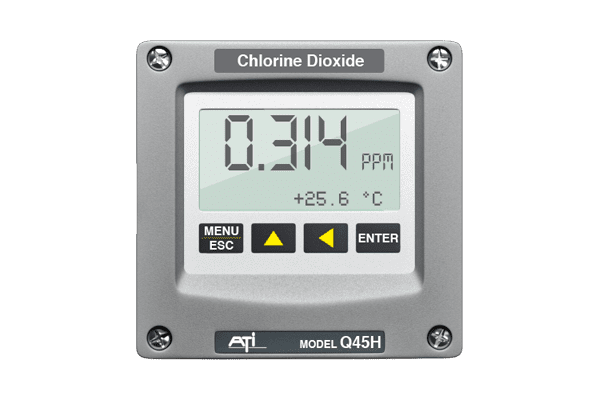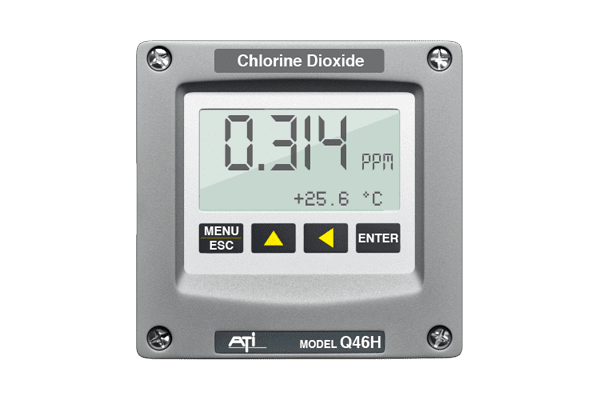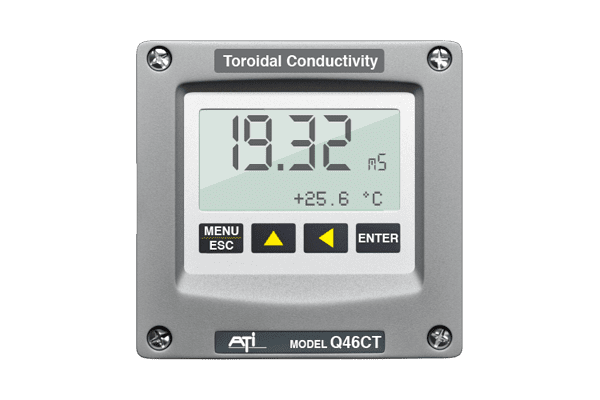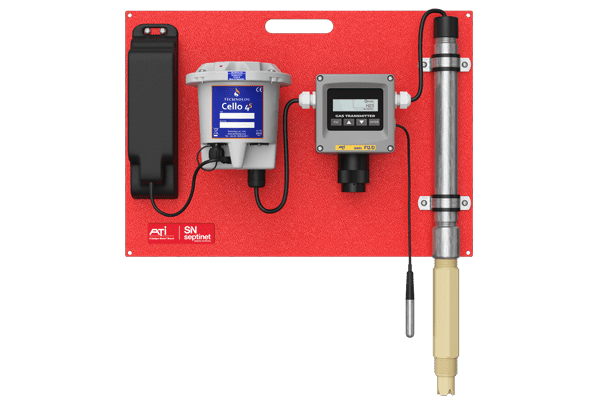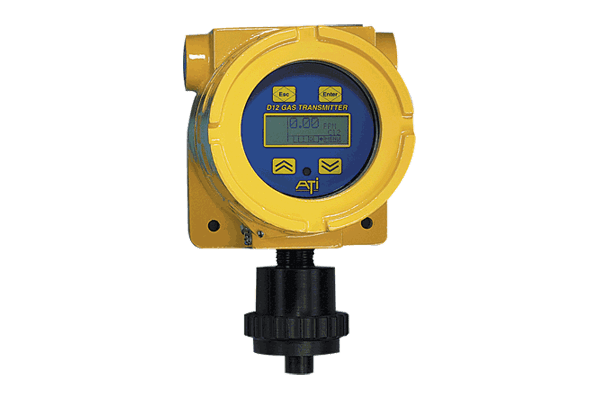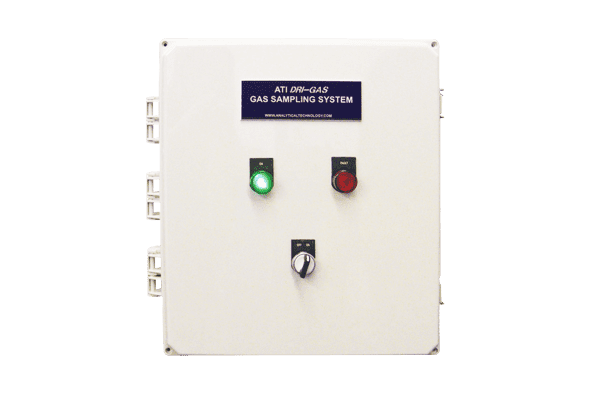ATi’s SeptiNet is an innovative breakthrough in smart, continuous, and accurate wastewater septicity monitoring for sewer networks.
Smart, wastewater septicity monitoring for sewer networks
ATi’s SeptiNet is an innovative breakthrough in smart, continuous, and accurate wastewater septicity monitoring for sewer networks. Forming part of a pioneering range of smart water solutions, SeptiNet monitors both hydrogen sulphide (H2S) gas and Oxidation-Reduction Potential (ORP), offering the ultimate smart septicity monitoring solution.
Due to ATi’s unique manufacturing base of both water and gas analytical sensors, SeptiNet allows wastewater utilities to monitor both liquid and gas in one combined solution anywhere within the sewer network. Data generated from SeptiNet is linked directly to the customer’s preferred RTU and transferred to an intermediate cloud for analytics, integrated into the customer’s own Scada reporting protocol.
To predict, prevent and control the septicity of an entire sewer network is complex, however, ATi’s SeptiNet removes any guesswork, enabling the complete management of septicity. By combining both liquid and gas smart sensor technology, and as part of a Combined Sewer Overflow (CSO) monitoring solution, SeptiNet improves the control of assets and processes, enabling access to data for both online and offline analysis and modeling.
Designed specifically for applications in both wastewater treatment and sewer networks, SeptiNet generates continuous and accurate data for septicity prevention, allowing the management of odour and corrosion, whilst reducing the formation of hazardous atmospheres and negative environmental impacts.
SeptiNet helps to protect the wastewater treatment process, and the extra sewer storage reduces overflow and pollution to rivers and is suitable for installation anywhere within a sewer network, including:
- Inlets to wastewater treatment work.
- Inlets to CSOs
- Outlets/overflows of CSOs
- Pumping station
- Manholes within the network
SeptiNet uses smart sensor technology, combined with data intelligence, for large-scale mass deployment across sewer networks. This innovative solution has been developed using telemetry to drive sustainable use of the world’s natural resources, offering customers an end-to-end approach to managing wastewater assets in hazardous environments, whilst also reducing pollution for a better, greener world.

